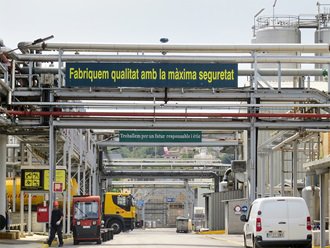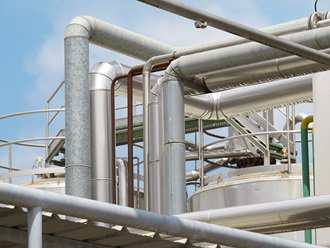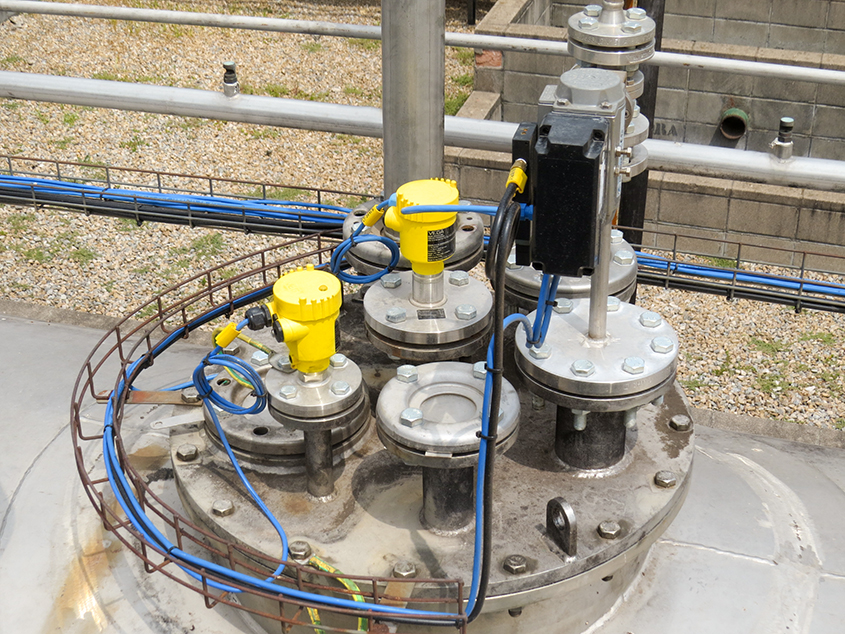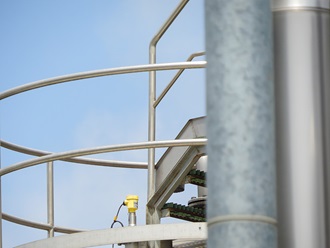The level sensor VEGAPULS 64 secures the raw material supply in the cosmetics industry
Croda Ibérica is therefore grateful for every process and every measuring point that works reliably over many years. The company has been working with VEGA Spain for more than 10 years. The whole factory houses about 200 sensors of different product families including pressure transducers, guided radar sensors, different limit detectors for liquids and solids as well as differential pressure transducers.
There is not only a lot of pipework on the outside; heating coils and installations also influence the measuring signals inside the reactor.
The measuring uncertainties could be solved with the installation of the VEGAPULS 64. The sensor was simply fitted onto the existing nozzle.
In addition to the reliable measured values, Croda Ibérica values the professional knowledge of the VEGA technician above all. They have had the same contact for years who responds quickly to calls and also has a solution to hand even in the event of unforeseen incidents.
Related products
Export this article
Download as PDFShare this article
Comments ({{comments.length}})
{{getCommentAuthor(comment, "Anonymous")}} {{comment.timestamp | date : "dd.MM.yyyy HH:mm" }}
{{comment.comment}}









